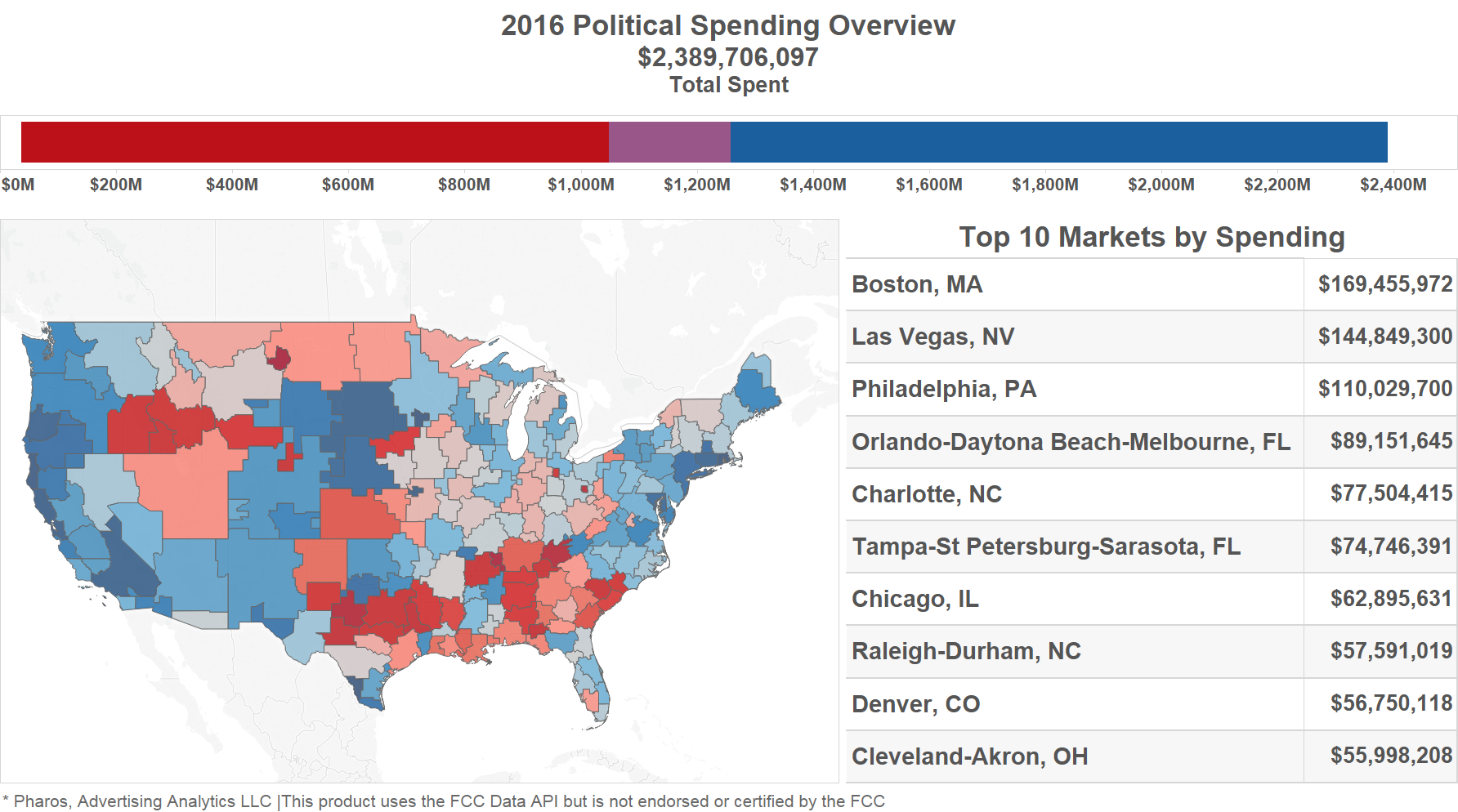
Today, Nielsen (NYSE: NLSN) announced that it plans to leverage its Portable People Meter (PPM) technology and panelists to measure out-of-home viewing for national television clients. Clients that subscribe to this service will receive audience estimates that combine in-home television viewing, based on Nielsen’s National TV ratings panel, with out-of-home viewing based on its PPM panels.
“ESPN worked with Nielsen 20 years ago to pioneer the first iteration of out-of-home TV measurement. This new advancement using passive, real-time technology represents a significant leap forward. We know that ESPN is viewed virtually anywhere there is a screen – from sports bars to gyms, hotels and the workplace. While C3, C7 and beyond are useful to measuring catch-up viewing in the home, this new service gives us the ability to capture out-of-home viewing precisely as it happens, and helps us double down on the power and delivery of live sports, while transacting on new, valuable audience segments for advertisers,” said Artie Bulgrin, Senior Vice President, Global Research & Analytics, ESPN.”
The service will provide both program and commercial ratings (C3/C7) for live through live + 7 days of time-shifted viewing. Nielsen expects to launch this new service in April 2017 with data effective January 2017. Data back to September 2016 will be added shortly after launch. Nielsen’s launch of its National TV Out-of-Home Measurement Service is another example of the company’s commitment to measuring the total audience everywhere and on every platform consumers watch content.
The use of the PPM device, which panelists carry with them wherever they go, enables Nielsen to measure TV viewing that occurs in places like restaurants, bars, waiting rooms, and airports. The out-of-home viewing will be based on data from over 75,000 PPM panelists across 44 local markets, enabling Nielsen to project out-of-home viewing in over half of U.S. population.
“As a leading media company with a diverse portfolio of brands, Turner recognizes that today’s audience measurement requires constant innovation to capture the full scope of audience behavior. For brands like CNN and Turner Sports with huge and valuable out-of-home audiences, we need to be able to measure consumption regardless of the platform, screen or location,” said Howard Shimmel, Chief Research Officer, Turner. “In collaboration with Nielsen, we were first-to-market using PPM technology for custom out-of-home solutions for CNN. Nielsen’s new National TV Out-of-Home Measurement Service will help us drive these capabilities forward.”
Nielsen plans to provide subscribing clients with individual day data for program and commercial audience estimates on a weekly basis. While this new offering will launch as a standalone service, Nielsen plans to incorporate out-of-home viewing directly into its currency national television ratings at a later stage.
“Measuring where consumers watch content, regardless of platform and location, is at the core of Nielsen Total Audience, and this includes out-of-home viewing,” said Sara Erichson, Executive Vice President, Nielsen Client Solutions and Audience Insights. “While consumers have always watched TV outside the home, that viewing has not been measured. This new measurement enables both buyers and sellers to understand the incremental reach of advertising messages.”






 Like most consumers, almost all millennials shop in person, but they also turn to their smartphones for all kinds of commerce.
Like most consumers, almost all millennials shop in person, but they also turn to their smartphones for all kinds of commerce.

 Total commercial TV impressions among 18-49 viewers continue to climb as a result of still-rising commercial advertising loads for most TV networks.
Total commercial TV impressions among 18-49 viewers continue to climb as a result of still-rising commercial advertising loads for most TV networks.




 Interpublic research arm Magna has upgraded its U.S. ad revenue forecast and now predicts that media owners net advertising revenues will grow 6.3% to $179 billion in 2016, the strongest growth rate since 2010.
Interpublic research arm Magna has upgraded its U.S. ad revenue forecast and now predicts that media owners net advertising revenues will grow 6.3% to $179 billion in 2016, the strongest growth rate since 2010.